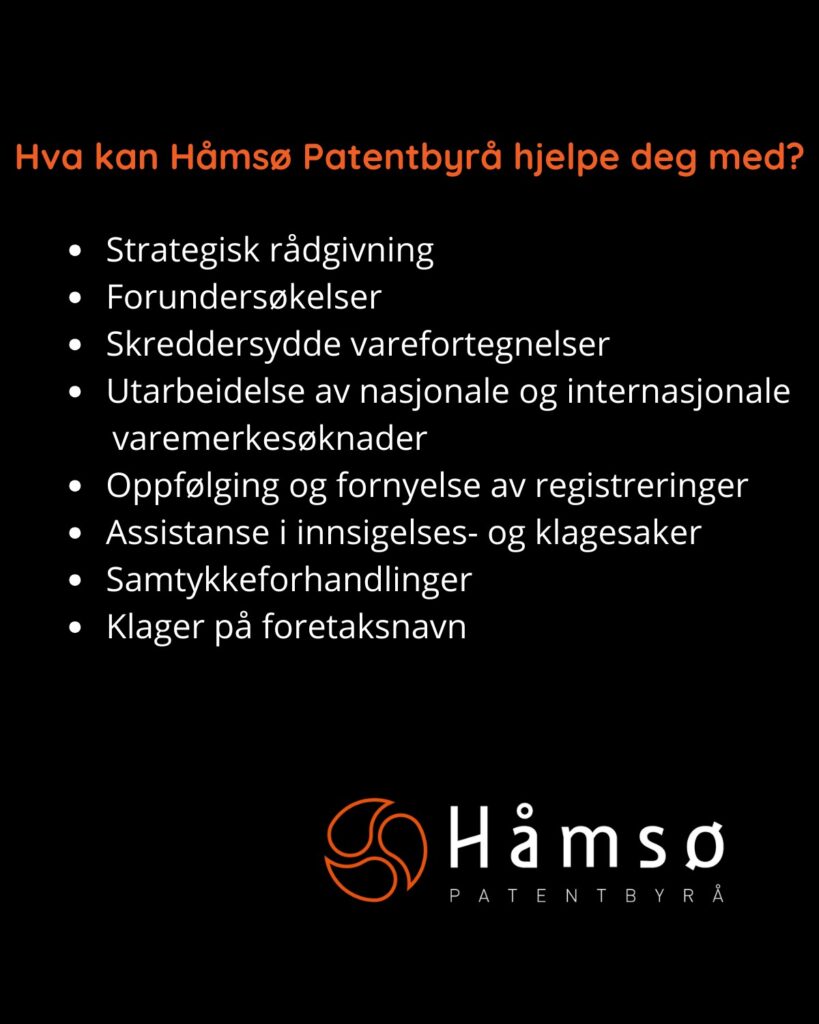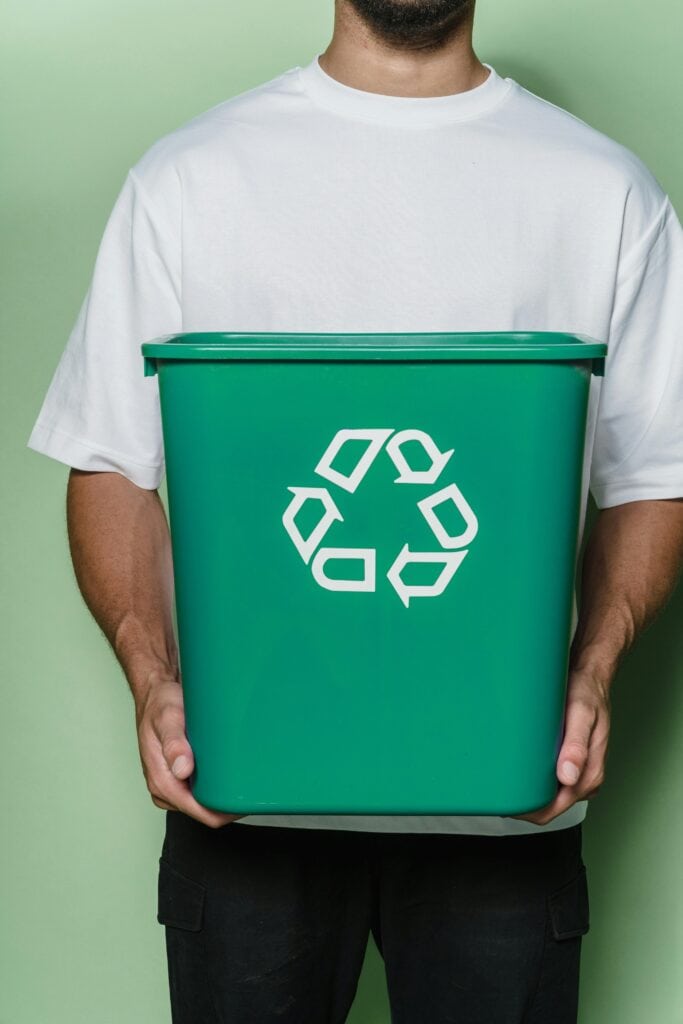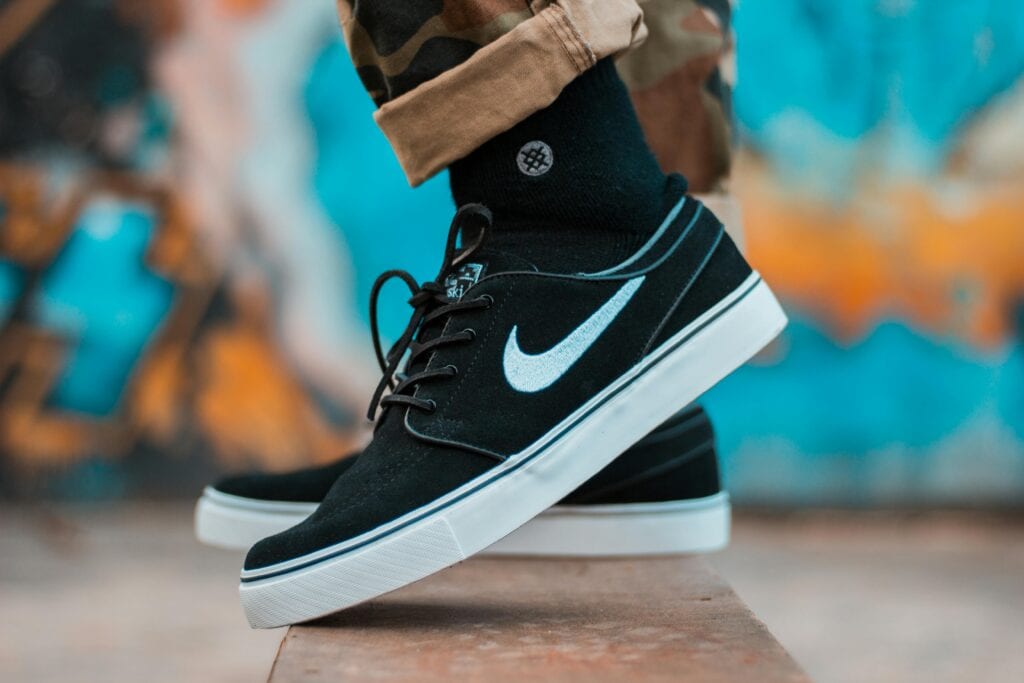A logo should inspire trust, define your company's identity and set you apart from the competition. To avoid spending time and money on a logo that can't be protected, it's important to think about both the visual expression and the legal requirements for getting the logo registered from the start.
In this article, our trademark attorney shares the most important tips for creating a logo that works visually and can be registered as a trademark, so you can protect your brand in the best possible way.
Lasting Impression: A logo to remember
A good logo is a logo people remember. It needs to be simple but memorable. Think of the big brands: Apple, Nike, Coca-Cola. What do they have in common? Well, their logos are simple, easily recognisable and timeless.

When designing your logo, you should ask yourself the question: Once I've used this logo for a while, will people immediately recognise this symbol as my company? If so, you're on the right track.
A good logo should also be easy to identify, even in small sizes or in black and white. This makes the logo more flexible and usable across different media and formats. Think about how your logo will look on everything from a business card to a large billboard - and of course on your website and products. Simplicity is often the key! Avoid making the design too complicated, as a clean and clear logo is easier to remember and recognise.
Timelessness: A logo for the future
A logo should not only reflect the business as it is today, but also be a design that can stand the test of time.
Think about what your logo will look like in five or ten years - are there design choices that might feel outdated in a few years? A timeless logo not only provides better long-term value for your brand, but it also offers stronger protection when registered as a trade mark.
When designing your logo, it's important not to think too narrowly. Don't just focus on the products and services you offer today, but also consider how the logo will work if you expand your business or enter new markets. A logo that's too specific can limit growth opportunities, while a flexible logo gives you room to evolve and customise your brand without it feeling outdated.
If you're aiming for an international brand, you should also consider what the word means in other languages and whether the Norwegian text is appropriate in an international context. An example of this is the Norwegian brand FJONG, which chose to change its name to VIBRENT after being censored in Sweden. The reason was that ‘FJONG’ in Swedish can be associated with ‘erection’, while in Norwegian it means ‘elegant’.

If the logo is well designed and protected as a trade mark, it can help increase the value of the brand and strengthen the company's position in the market - regardless of how the business develops.
Protection through registration
To ensure that your logo is legally protected as a trade mark, you should register it with the Norwegian Industrial Property Office.
Trade mark registration gives you the exclusive right to use the logo on the goods and services you have chosen and protects you from others using a similar mark in competing markets.
Registering your logo as a trade mark is an important investment in your brand, and it gives you peace of mind that someone can copy or misuse your trade mark. In order for a trademark to be registered with the Norwegian Industrial Property Office, it must, among other things, have distinctive character under trademark law and not be confusable with other trademarks registered in Norway without the consent of their owners.

Distinctive Character: Logos ≠ descriptions
In order to register your logo as a trademark with the Norwegian Industrial Property Office, the logo must be distinctive. This requirement is to ensure that consumers can distinguish your goods and services from those of others. The logo must be capable of identifying your product or service and attracting attention, so that it acts as a guarantee of origin. The distinctiveness assessment is linked to the specific goods or services for which the logo is applied.
Example: Apple® is clearly distinctive as a mark for electronic products such as mobile phones, computers and tablets. However, if the same logo were to be used for fruit, it would not be distinctive. This is because ‘apple’ is a common word for a type of fruit, and Apple® would not be unique enough to distinguish one fruit producer from another. Instead, it will only describe what is sold, namely apples. The example illustrates how distinctiveness can vary depending on the type of goods or services for which the mark is sought.

Another common pitfall is choosing generic symbols. For example, a commonly used symbol such as the recycling symbol may be too general if it is used for a trademark that is supposed to represent a specific product or service, such as food packaging or an environmentally friendly service. The recycling symbol is already widely known and associated with recycling and environmental protection. Therefore, it may lack the necessary distinctiveness required to be registered as a trade mark. This makes it difficult to distinguish the mark from others' similar marks and may result in the registration being refused.
If your logo is too descriptive, it may lack the distinctiveness needed to be registered as a trade mark. So think about how your logo will be perceived in the context of the specific products or services you offer - and make sure it's both unique and relevant to your market.
Example: The Norwegian Industrial Property Office refused to register the trade mark BIOPAK with application number 201817386. They believed that the word BIO PAK would be understood as ‘biological package/ biological packaging’ or ‘environmentally friendly packaging’, and thus be too descriptive for, among other things, biodegradable cups. This is because the name describes the product itself - packaging made from organic materials that is environmentally friendly. The green leaf on the logo is a common symbol for environmental friendliness, and only reinforces the meaning of the word BIO. Therefore, the Norwegian Industrial Property Office refused to register the mark.

Image taken from the Norwegian Industrial Property Office's search engine.
Confusion: Avoiding conflicts with existing trademarks
Another important factor to consider before investing your resources in preparing marketing materials and applications is confusability.
This means that the logo shouldn't be too similar to existing trademarks, especially within the same or similar industry. If the logo is likely to cause confusion with another trade mark, the registration may be refused, and this can also lead to litigation and financial losses.
In order to avoid this, it's important to conduct thorough searches of trade mark databases to check for similar marks that could cause problems. The Norwegian Industrial Property Office (NIPO) has an online search tool that can help you with this, see here. However, it is often a good idea to seek legal advice to avoid this and other pitfalls, and to ensure the best possible protection. We can, among other things, assist you with preliminary investigations both domestically and abroad. Contact us here..
Are you ready to protect your logo as a trade mark?
Contact us today for a free 30-minute consultation to help you assess whether your logo can be registered as a trade mark.
A trade mark registration gives you exclusive rights only for the goods and services you have chosen. When applying for a trade mark registration, it's important to draw up a thorough and precise list of goods and services that covers the goods and services you want protection for. This ensures that your brand is well protected, both now and in the future.
Some people prepare inventories on their own, but later realise that they have not received the protection they thought they had. This often leaves them with a false sense of security that they were well covered. To avoid this, it's important to ensure that your inventory covers your organisation's actual needs. We're experts in creating customised inventories that are perfectly suited to your business and we're happy to help.
If you need help with trade mark registration in Norway or internationally, or have questions about how to best protect your brand, we're here to help. Our experienced team of trade mark specialists will help you through the entire process up to registration, monitor the registration if you wish, and remind you to renew your rights - when the time comes.

Contact Us today for professional advice and protection of your trade mark!
